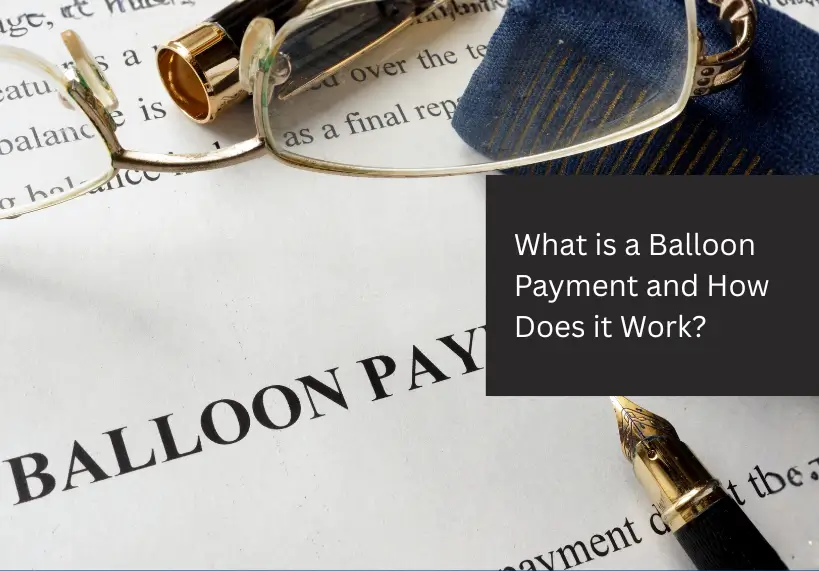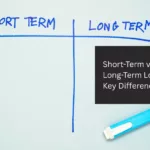
Have you ever come across a loan that seems easy on your pocket every month but ends with one big final payment? That’s called a balloon payment.
It’s a special loan setup where you pay smaller EMIs during the tenure and clear the remaining amount in a single lump sum at the end. This structure can make your monthly repayments much lighter, which is great for managing cash flow in the short term.
However, it also means you’ll need to plan for a sizable final payment later. In this article, we’ll explore what a balloon payment is, how it works, and when choosing one makes sense.
What Is a Balloon Payment?
A balloon payment refers to a large, one-time payment made at the end of a loan term after a series of smaller monthly installments.
Unlike a regular EMI loan where each payment covers both interest and principal evenly, a balloon loan keeps EMIs low and defers a big portion of the principal to the end.
Think of it like paying rent for several months and then clearing a big security deposit at the end that final “balloon” payment completes your loan.
How a Balloon Payment Works?
Here’s how a balloon payment structure typically functions:
Loan Agreement: You borrow money for a set term, and the lender fixes smaller EMIs plus a large final payment.
Monthly Payments: You make regular EMIs that mostly cover the interest and a small part of the principal.
Final Payment: At the end of the term, you pay the remaining loan balance in one lump sum the balloon payment.
This type of loan is common in car financing, business loans, and sometimes in home loans. Borrowers choose it because of its lower EMIs, especially when expecting higher future income or planning to sell the asset later.
However, the balloon payment can be risky if you don’t prepare for it. If you can’t pay the lump sum, you might have to refinance or sell the asset to cover the balance. The key is to plan ahead, set aside savings, invest strategically, or align it with a bonus or maturing investment.
Example of a Balloon Payment Loan
Imagine you take a ₹10,00,000 loan for five years at an interest rate of 10%. You pay around ₹15,000 every month for the first four years, and then a balloon payment of ₹2,00,000 in the fifth year.
This setup feels easy in the beginning because your monthly EMIs are lighter, but the big payment comes at the end.
It can work well if you know extra money is coming your way like a bonus, profit, or investment return. But if that doesn’t happen, the final payment can quickly become stressful, so planning ahead is key.
When Does a Balloon Payment Make Sense?
A balloon payment makes sense when you’re confident about your future income or expecting a lump sum, such as a bonus, business profit, or asset sale.
It’s suitable for borrowers who want lower EMIs in the short term and can manage the large final payment later. This setup also works for people planning to sell or upgrade the asset before the loan ends.
However, it only benefits those with a clear repayment plan without proper preparation, the final balloon payment can become financially stressful.
Conclusion
A balloon payment might make your loan feel lighter at first, but the big amount waiting at the end can be tricky if you’re not financially ready. It’s fine for short-term relief, but only if you’ve planned ahead.
If you’d rather go for something simple with fixed EMIs, no surprises, and full transparency, LoanTap’s Personal Loan is a smarter choice. It gives you flexibility and peace of mind without the stress of a last big payment.
FAQs
1. Why do some people choose balloon payment loans?
Because EMIs are lower at the start, making it easier to manage short-term cash flow.
2. What are the risks of a balloon payment?
The main risk is being unable to pay the final lump sum, which can lead to penalties, refinancing pressure, or even asset loss.
3. Who should consider a balloon payment loan?
It suits people confident about future income or expecting a bonus, profit, or investment return before the final payment.
4. How is a balloon payment different from regular EMIs?
In regular loans, each EMI covers both interest and principal evenly. In balloon loans, EMIs are smaller and the main chunk is paid at the end.








